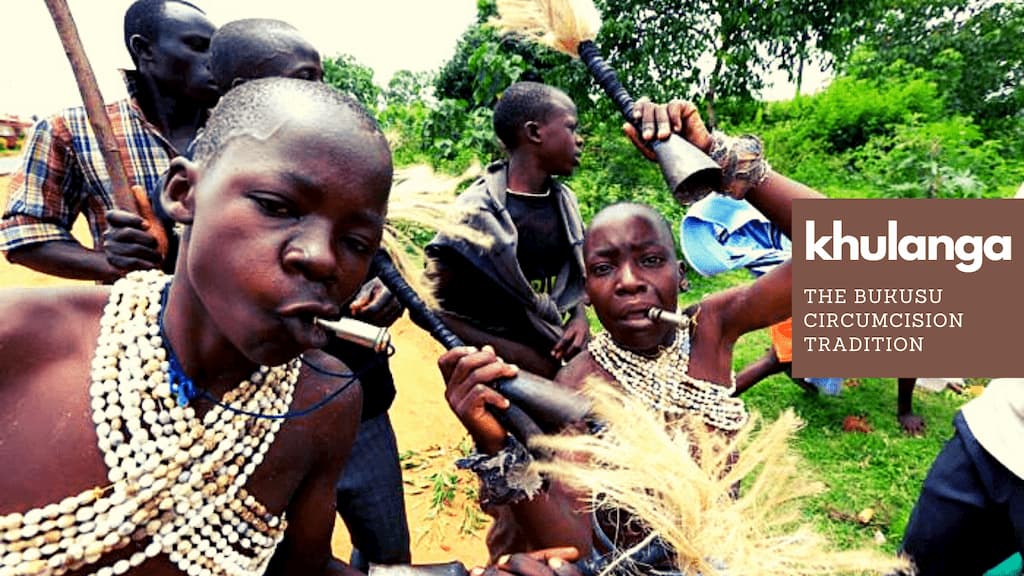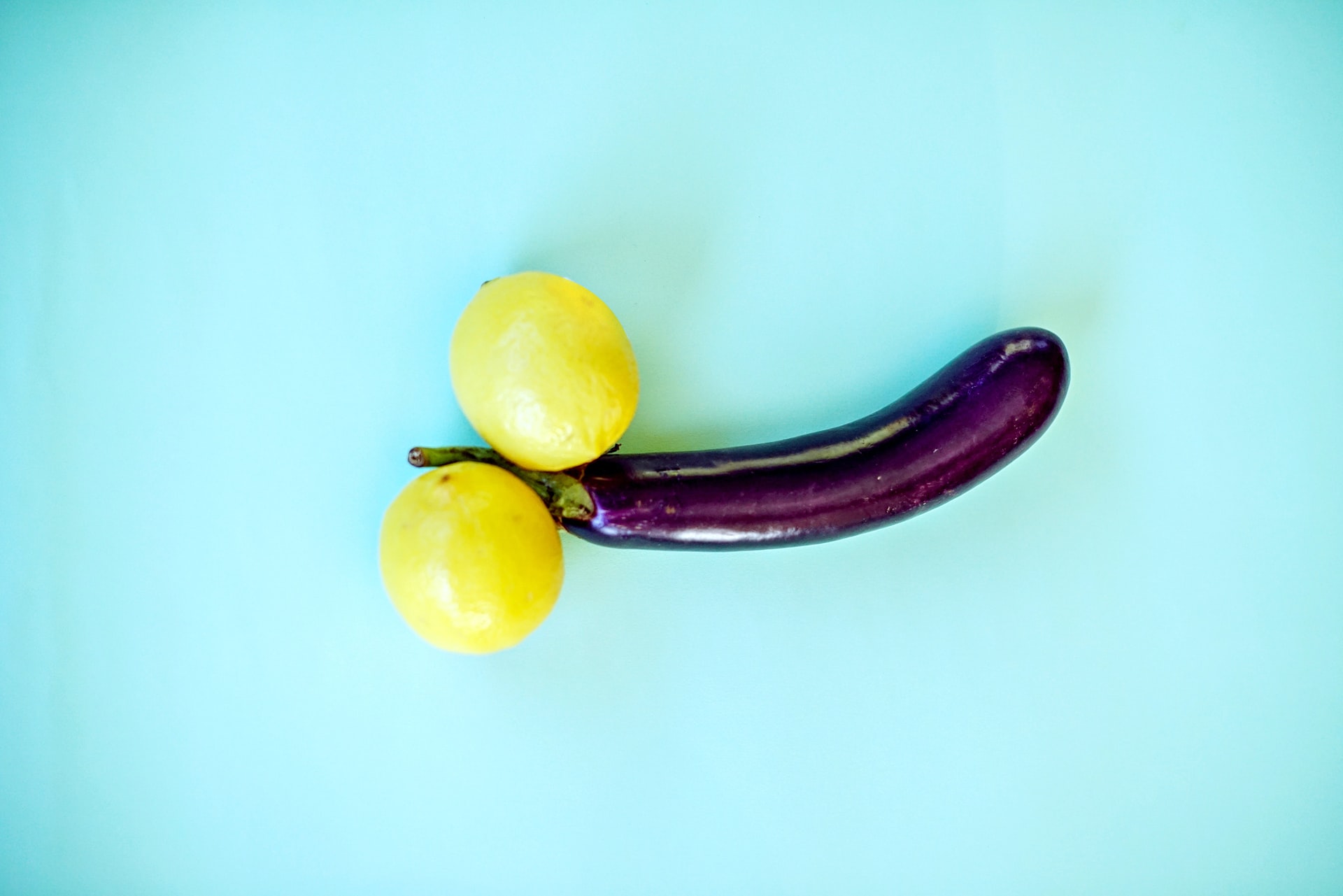The Bukusu traditional circumcision ceremony that takes place every even year, is the most attended event in Western Kenya’s rich cultural tourism experience. Whilst most local and foreign visitors get to experience, participate and lose themselves in ‘above board’ events like dancing through the streets with basinde during khuminya or changa style dance, few get an opportunity to immerse in the vibrant event’s subtleties; such as the interesting rites of ‘special’ basinde.
Bukusu culture stipulates that not all initiates, basinde, to undergo the cut are equal. We will be learning who these ‘special’ basinde are; what makes them special, and the special rites they undergo during Bukusu traditional circumcision.
First born sons
In Bukusu culture, sons are known as likonwge; meaning sisal. They are like the hardy sisal plant which is difficult to rid of; thus its use culturally in demarcating farm boundaries. Of the sons, none is as important like the first born son. It is said that it’s their birth that gives their mother a home.
Therefore, when a man has a firstborn son intending to get circumcised, he will take it to its grandfather’s oluyia to get the cut there. Not only does this act signify a passing on of the baton to the next generation, it is also symbolic of the omusinde being blessed with the good luck of his people.
It also an opportunity for them to officially collect totems for their musambwa. First born sons are also important as one couldn’t rise to positions of influence within the community if they were yet to circumcise a son.
Twins
Right from Bukusu customs on birth, naming and burial, twins were considered a special birth. It might not be fair to say that we feared twins, but we saw them as somewhat fragile beings. In cases where the twins were both boys, they would go through the pre-cut customs and traditions like any other omusinde.
But when it come to the cut, they would only be cut early before anyone else. Whilst everyone else gets cut between 6:30 am and 8:00 am, twins would be cut say, between 5:30 am to 6:00 am. The rule of thumb is that they are to be cut before the sun rises.
There are culturally and medically significant reasons that inform the early morning timing of the Bukusu traditional circumcision. We will be exploring them in detail latter. Nonetheless, take this home: one of the reasons the cut took place that early was to minimize chances of people with bad eyes and bad blood crossing the path of the initiate. Under the cover of dawn, it becomes harder for such unsavory characters to identify their target. For twins, it has to be earlier because, remember, they are fragile!
Special basinde: The interesting story of the girl with a twin brother undergoing the traditional cut
In cases where one of the twins was a girl, it got interesting. The girl would participate fully in every rite her brother was going through. For example, during khuminya, she would be dancing with the brother. If it happened that she was the first twin, she would even be tasked to lead her younger brother during khuminya. When it came to going to bukhochawe, she too would have a piece of meat tied around her neck at her maternal uncle’s.
On the morning of the cut, her paternal aunt, senge, would tie a dry banana leaf around her waist. Omukhebi will begin the surgery by cutting the banana leaf then proceed to cut her brother. In all this, just like her brother the initiate, she is expected to be courageous and not even bat an eye lid. Thereafter she would comfortably call members of her brother’s age set bakoki. This is because she is considered to have also gone through the cut.

Special basinde: The children of bakhebi
Children of bakhebi, traditional circumcisors, are considered special beings. They can get cut on the first or second day of August when the ceremonies start, before the field gets crowded. They can also decide to get cut on the last day of the month or even spill over to the beginning of September if time doesn’t allow.
This is meant to give time and space to their fathers to serve the community without distraction. During this time, their dads belong to the people.
Uncles and cousins sharing etiangi
Bukusu are a practical people. For example, if my son, his cousin from a bigger house, as well as my younger brother in-law from the last house were ready for the cut, we would allowed at one go to to have them cut on the same day.
On the day basinde are to visit their maternal uncles, each would go separately. They would then link up in the evening and finish their journey together.
In all this, the three should always walking in a single file. My brother in law from the small house would always be the first one. My nephew, the son of my brother in law from the big house would follow; then my son would be last.
This arrangement mirrors the birth order and seniority of their fathers. My son would be last because my husband is the last born of the second house in our home. By letting my brother in law from my father’s in law small house walk first is a sign of respect. No questions about that.
Special basinde with kimisambwa
Each clan has its musambwa. This ways of our fathers may dictate how sons present themselves for the cut. I will talk about my blacksmith clan of Bayemba.
Since we are the ones who forge all the important tools the community needed to thrive and survive, when it comes to making men out of boys, we must show all and sundry that we are the masters of fire and steel.
When our boys show intention to get cut, we prepare a rod from our forge that our sons must walk with to the very last moment of being cut. Clans with musambwa of circumcision may hold knives when being cut. Clans like Baliuli who exorcise witchcraft make their boys walk with enyuli a special tool used to help them in their trade. The enyuli is given to their omusinde just before getting cut.

